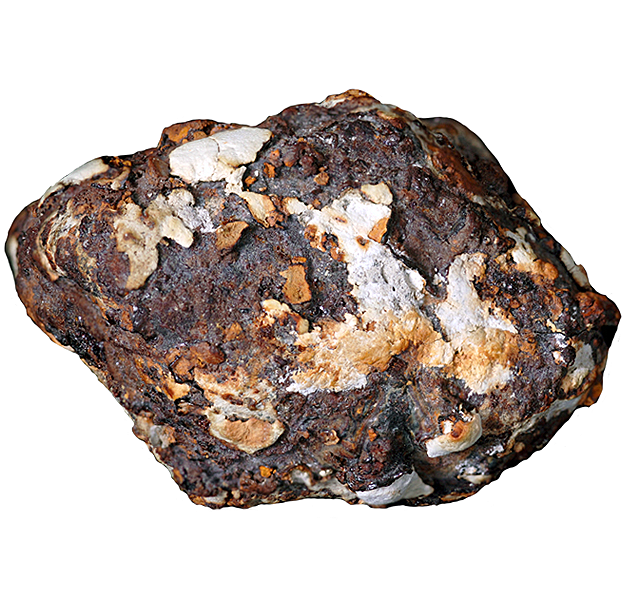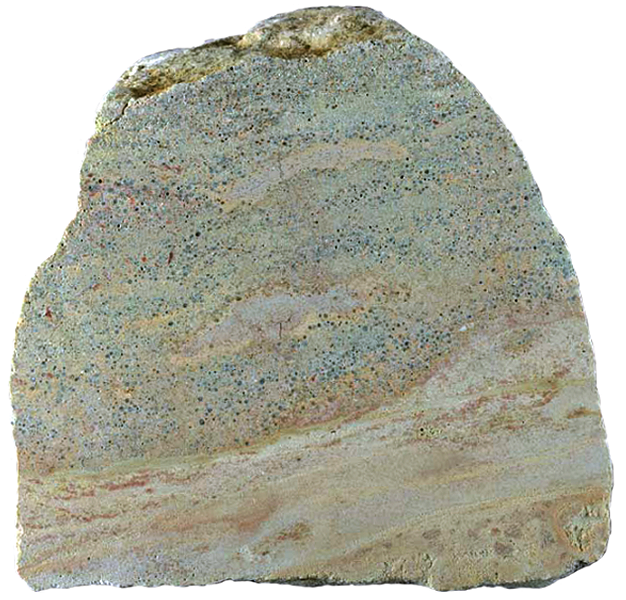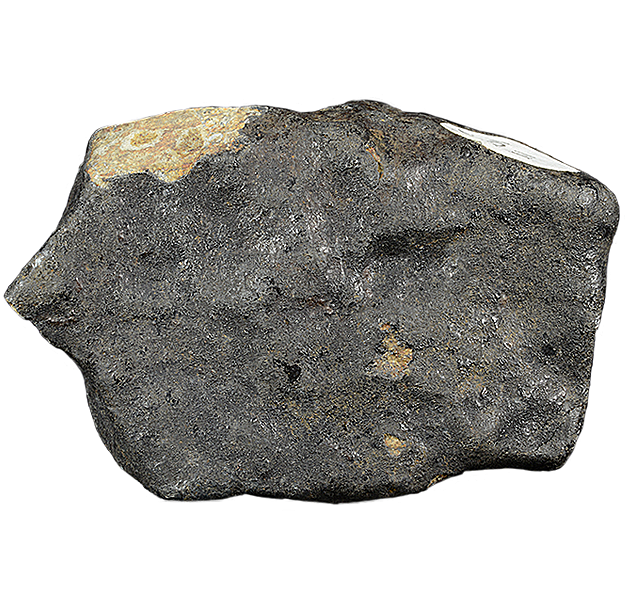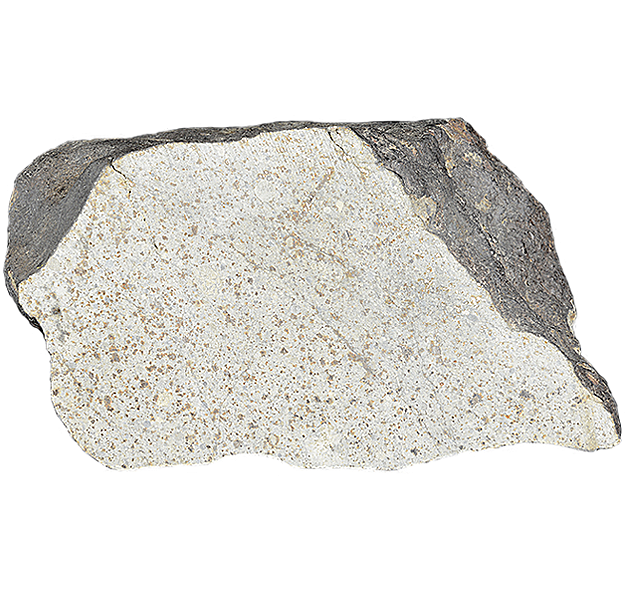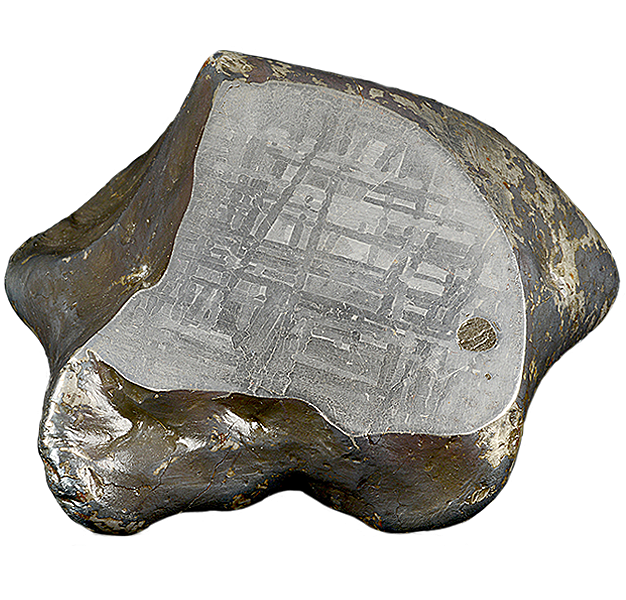
Fact sheet
The Rowton meteorite is the only British iron meteorite. It fell on March 14th 1876 as a 3.5 kg stone and is classified as an Iron IIIAB.
Rowton is near Wellington in Shropshire, England.
In thin section it is possible to see a few crystals of golden yellow troilite, otherwise the specimen is entirely metallic iron. The cut surface of the hand specimen has been etched to reveal a widmanstatten pattern that is caused by fine interleaving of kamacite and taenite (two types of metallic irons with differing nickel content).
See also:
http://www.bimsociety.org/bim1.shtml
https://www.lpi.usra.edu/meteor/metbull.php?code=22773
Specimen: BM50062
Thin section:
This Collection consists of meteorites that have fallen in Great Britain and Ireland and which are now preserved in museum collections. We have also included samples of the two known meteorite impact deposits in the UK.
The Natural History Museum in London offers more information about meteorites and meteorite categories; there is more information about its meteorite collections here.

